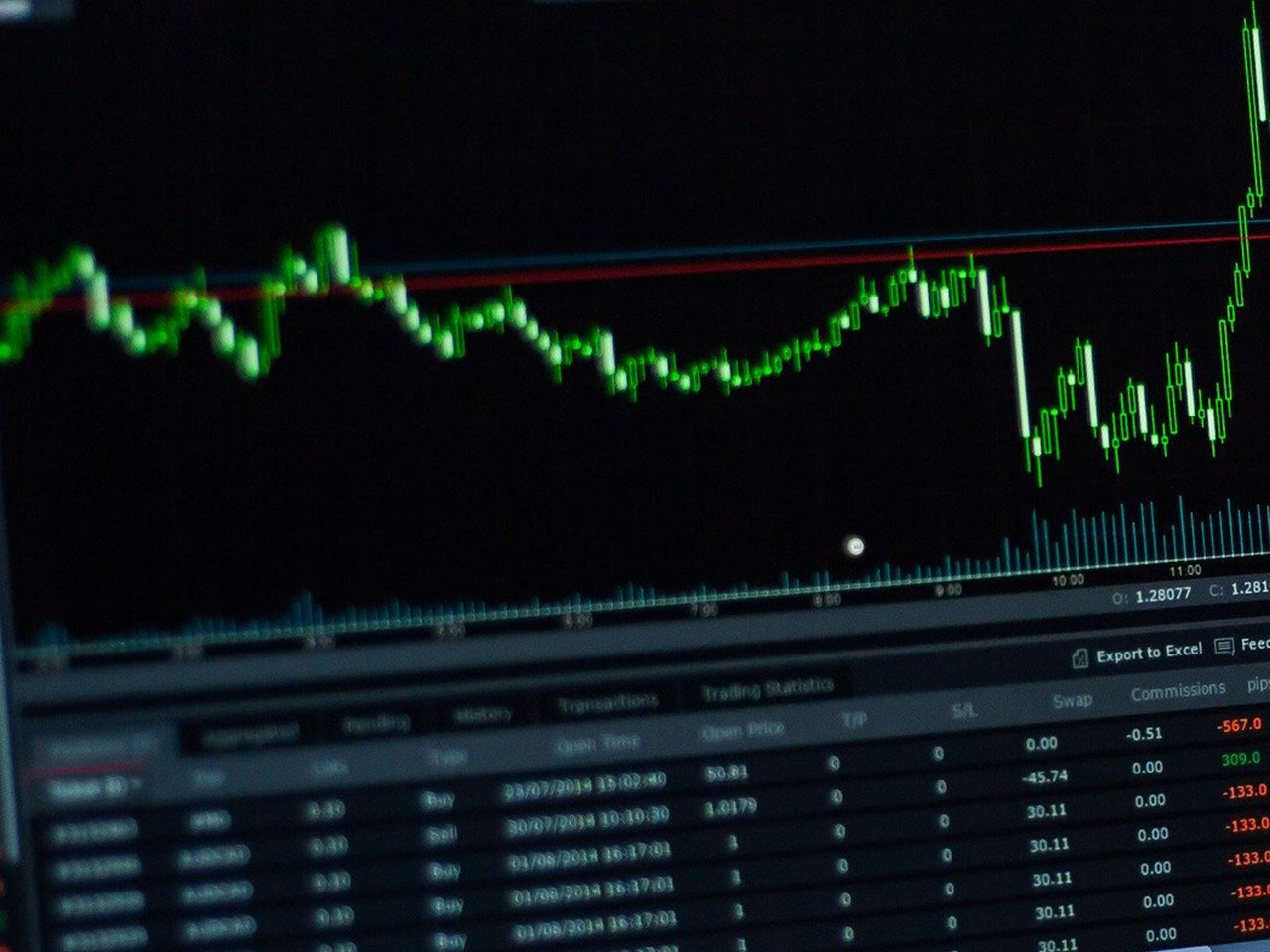Marks and Spencer Group PLC (MKS.L), a stalwart in the British retail landscape, presents an intriguing narrative for investors eyeing opportunities in the consumer cyclical sector. With a market capitalisation of $6.93 billion, this iconic department store chain continues to evolve its business model amidst the challenging retail environment. Let’s delve into the financial dynamics and potential investment prospects that Marks and Spencer offers.
Currently trading at 327.8 GBp, Marks and Spencer’s stock has seen a slight decrease of 0.01% recently. This is within its 52-week range of 299.90 to 411.30 GBp, highlighting a relatively stable price trajectory with potential volatility. Notably, the average target price set by analysts is 421.38 GBp, suggesting a potential upside of 28.55% from its current price level. This optimistic outlook is bolstered by 12 buy ratings, complemented by four hold ratings, with no sell ratings, reflecting a generally positive sentiment among analysts.
Marks and Spencer’s valuation metrics paint a complex picture. The absence of a trailing P/E ratio and a staggering forward P/E of 978.04 may raise eyebrows. Such figures indicate expectations of future earnings growth that could be influenced by strategic initiatives or market conditions. Despite these valuation peculiarities, the company has demonstrated a commendable revenue growth rate of 6.20%, coupled with a return on equity of 10.10%, signalling efficient use of shareholders’ equity to generate profit.
The performance metrics reveal further insights, with an earnings per share (EPS) of 0.14 and free cash flow of £624.6 million, underscoring Marks and Spencer’s capability to generate cash, which is crucial for sustaining operations and pursuing growth opportunities. The company’s dividend yield of 1.02% with a payout ratio of 21.43% suggests a balanced approach to returning capital to shareholders while retaining earnings for reinvestment.
From a technical perspective, Marks and Spencer’s stock shows potential for growth despite recent challenges. The relative strength index (RSI) of 64.58 indicates that the stock is nearing overbought territory, which could lead to price corrections. However, the MACD and signal line values suggest a bearish trend in the short term, which investors should monitor closely.
Marks and Spencer continues to innovate across its segments, including fashion, home and beauty, food, and international operations, alongside its partnership with Ocado. This diversification strategy is pivotal in fortifying its market position and navigating the competitive retail industry. The company’s longstanding heritage, established in 1884, combined with its adaptive strategies, makes it a resilient player in the consumer cyclical sector.
For investors, Marks and Spencer offers both opportunities and challenges. While the valuation metrics are unconventional, the company’s strategic initiatives, revenue growth, and cash flow generation present a compelling case for potential returns. As always, careful analysis and consideration of market dynamics are essential when evaluating investment opportunities in this iconic British retailer.










































